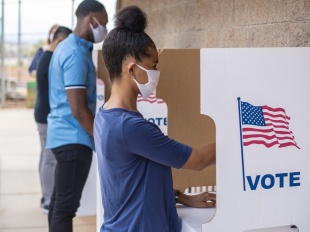US cigarette smoking rates drop to new low
The Centers for Disease Control and Prevention (CDC) recently announced that the number of Americans who smoke cigarettes dropped to a record low of 15 percent of the population – about 35.6 million Americans. According to the data, there were significant reductions in smoking across all ages and ethnicities, socioeconomic levels and regions of the country.
A few key findings from CDC’s 2015 Cigarette Smoking Fact Sheet include:
- More than 16 million Americans live with a smoking-related disease.
- Geography made a difference in smoking rates. Rates in the Midwest were 19 percent, compared with 15 percent in the South, 14 percent in the East and 12 percent in the West.
- Rates of smoking among people living below the poverty line were nearly twice as high as rates among those living at or above it.
- Smoking rates are lowest among those with a graduate degree and highest among persons with a graduate education degree certificate (GED).
Multiple strategies, policies and programs have been implemented to curb tobacco use over the past 50 years. Most recently in November, the Department of Housing and Urban Development announced a nationwide ban on smoking in all public housing units, which would take effect next year. Once fully implemented, the rule would impact nearly a million units. Read HUD's final rule.
The County Health Rankings & Roadmaps’ What Works for Health database provides communities with evidence-informed policies, programs, and system changes to reduce tobacco use. Some examples of scientifically supported policies for communities to consider include:
- Smoke Free Policies for Indoor Areas: Smoke-free policies for indoor areas prohibit smoking in designated enclosed spaces. Private sector smoke-free policies can ban smoking on worksite property or restrict it to designated, often outdoor, locations. State and local smoke-free ordinances can establish standards for all workplaces, designated workplaces, and other indoor spaces.
- Statewide comprehensive tobacco programs: Comprehensive statewide tobacco control programs use educational, clinical, regulatory, economic and social strategies to prevent tobacco uptake, promote quitting, and reduce secondhand smoke exposure.
- Technology-based tobacco cessation interventions: Technology-based interventions typically provide information, strategies, or behavioral support to assist smokers who want to quit smoking through interventions such as web sites, computer programs, text messaging or other electronic aids.
To learn more about strategies that could work in your community, visit http://www.countyhealthrankings.org/roadmaps/what-works-for-health

